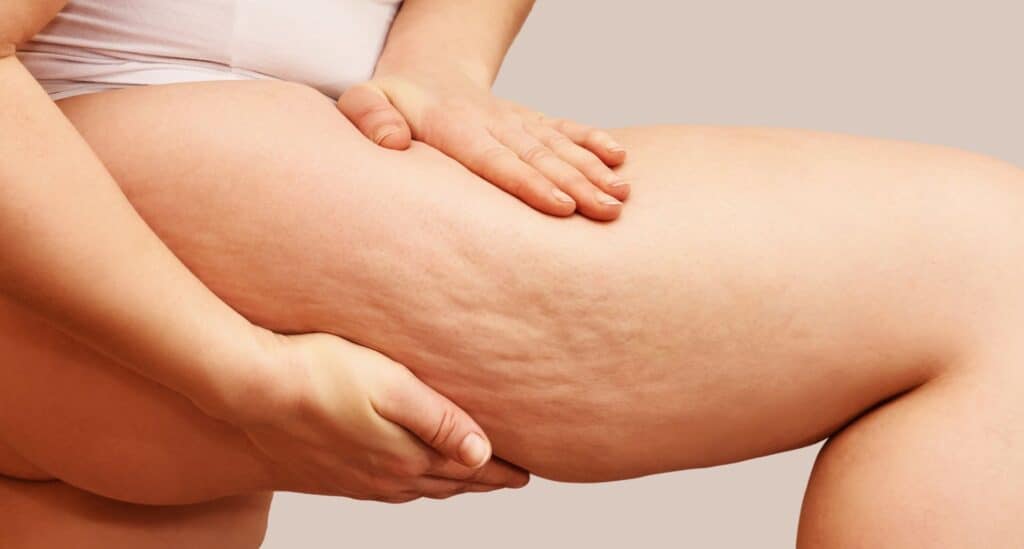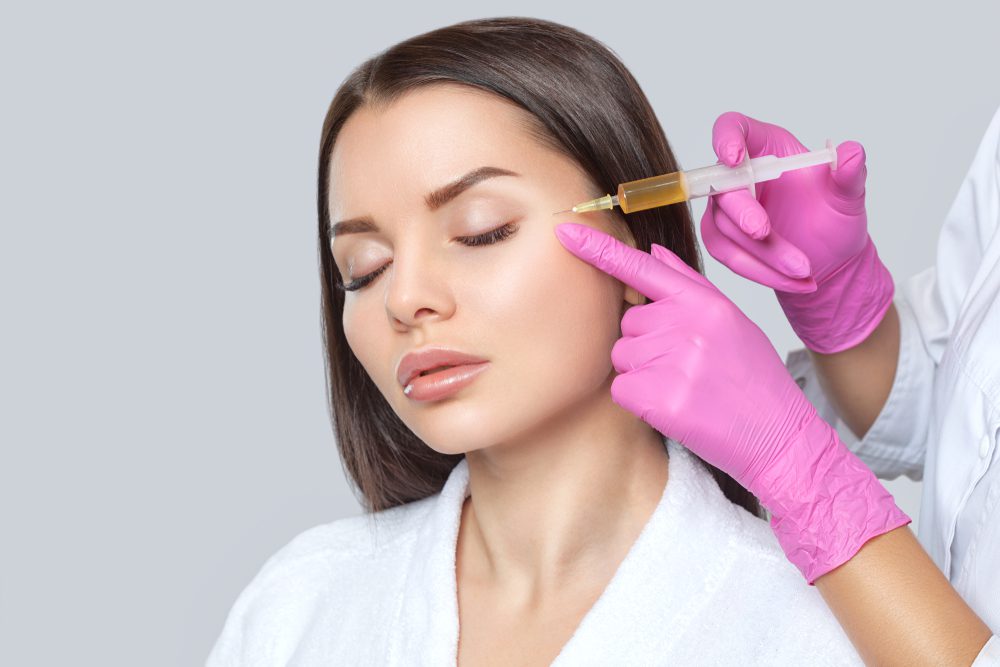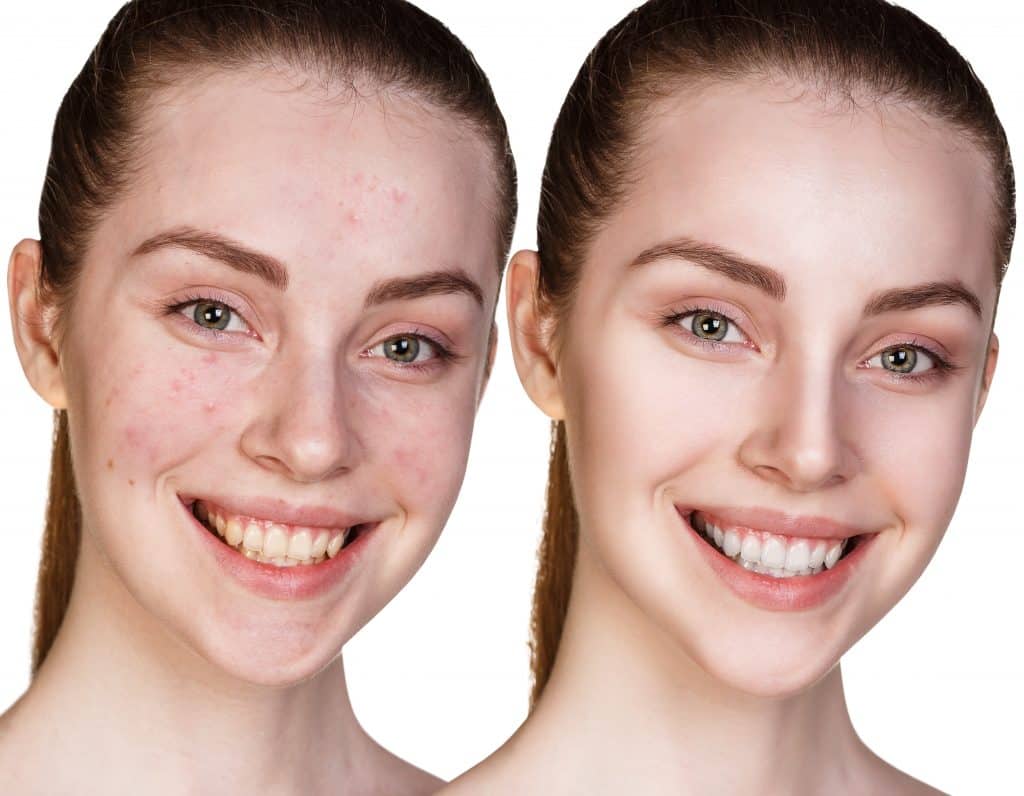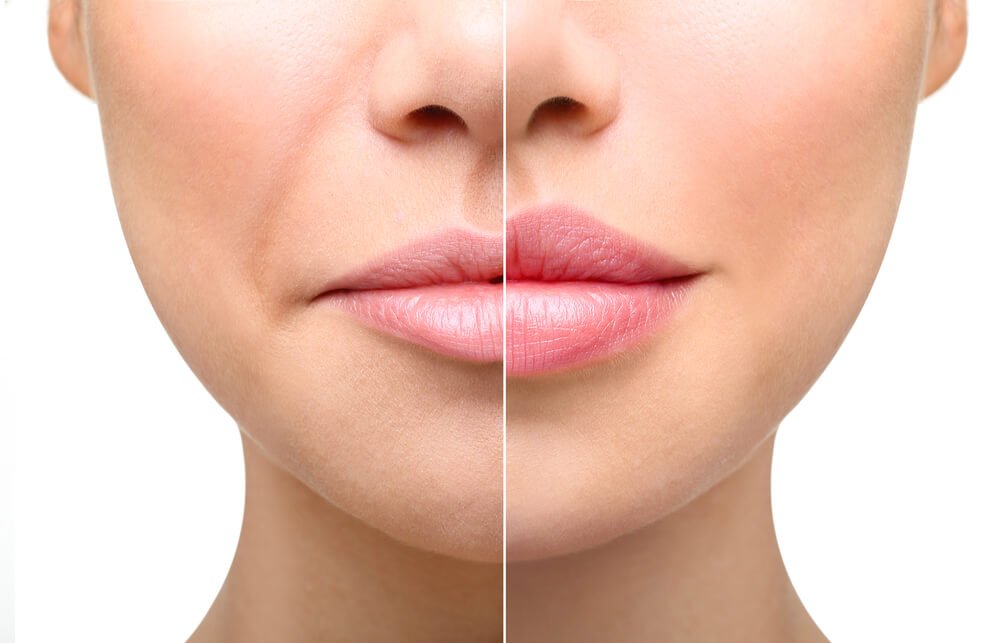Did you know that nearly 90% of women experience cellulite at some point in their lives? Liposuction with fat transfer for cellulite reduction offers a plastic, game-changing result for men. This innovative procedure not only removes stubborn fat but also redistributes it to enhance body contours. By targeting problem areas, it helps smooth out those pesky dimples and boosts confidence.
Patients can enjoy a more sculpted appearance while tackling unwanted cellulite. The combination of liposuction and fat transfer provides both immediate and long-lasting results. Many people are turning to this method to achieve their desired look without extensive downtime. Discover how this approach can transform your body, reduce fat cell size, and elevate your self-esteem in just a few simple steps for men.
Key Takeaways
- Liposuction combined with fat transfer can effectively reduce the appearance of cellulite by filling in dimpled areas, offering a smoother skin texture.
- Understanding the causes and commonality of cellulite can help you make informed decisions about treatment options available to you.
- It’s important to recognize that liposuction alone may not provide the desired results for cellulite; fat grafting enhances the outcome by adding volume.
- Consult with a qualified professional to discuss your individual needs and determine if liposuction with fat transfer is a suitable option for your cellulite concerns.
- Post-treatment care is essential; follow your provider’s guidelines to ensure the best results and longevity of the treatment.
- Expect varying results, as the longevity of effects can differ based on individual factors such as skin type and lifestyle choices.
Understanding Cellulite
Definition
Cellulite is a condition where fat deposits in men push against connective tissue. This leads to a dimpled or lumpy appearance on the skin’s surface. It occurs due to the structure of fat cells and tissues beneath the skin. The fat cells swell, creating tension that results in visible dimples.
Common Areas
The most common areas affected by cellulite include the hips, thighs, and buttocks. These regions tend to store more fat, making them more susceptible to this condition. Many individuals notice cellulite in these areas during their teenage years or early adulthood.
Body Types
Cellulite can affect anyone, regardless of weight. Many believe that only overweight individuals have cellulite. However, this is not true. Thin people can also experience cellulite dimples. Genetics play a significant role in its development. Hormones and lifestyle choices also contribute to its appearance.
Causes
Several factors lead to the formation of cellulite. Hormonal changes are one major cause. Estrogen, for example, influences fat distribution and can increase the likelihood of cellulite development. Poor diet and lack of exercise can worsen its appearance as well.
Skin elasticity also plays a part. As people age, their skin loses collagen and elasticity. This change can make cellulite more noticeable over time.
Treatment Options
Various cellulite treatments exist today. Some involve topical creams that claim to reduce its appearance. Others include professional procedures like liposuction with fat transfer for more effective results.
An initial cellulite consultation with a specialist can help determine the best approach for each individual. During this meeting, the doctor may discuss different options available based on specific needs and goals.
Technology Advances
Recent advancements in cellulite technology have led to new methods for managing this condition. Laser treatments and radiofrequency devices offer non-invasive alternatives for cellulite removal. These methods aim to improve skin texture and firmness without surgery.
Psychological Impact
The presence of cellulite can affect self-esteem and body image. Many individuals feel self-conscious about their bodies due to visible cellulite dents or dimples. This emotional aspect highlights the importance of addressing both physical and psychological concerns when considering treatment options.
Causes of Cellulite
Genetic Factors
Genetics plays a significant role in the formation of cellulite. Family history often determines how likely someone is to develop this condition. If parents had cellulite, children may also face similar issues. Genetic predisposition affects skin structure and fat distribution. These inherited traits can lead to more pronounced cellulite forms.
Skin Elasticity
Reduced skin elasticity is another key factor. As people age, their skin loses collagen and elasticity. Collagen provides structure and firmness to the skin. When collagen levels drop, skin becomes thinner and less supportive. This change allows fat deposits to push through the skin, causing cellulite issues.
Hormonal Changes
Hormones also contribute to cellulite formation. Fluctuations in estrogen can affect how fat is stored in the body. Women are particularly susceptible due to hormonal changes during puberty, pregnancy, and menopause. These changes can lead to increased fat storage in areas prone to cellulite.
Weight Fluctuations
Weight fluctuations impact the appearance of cellulite as well. Gaining and losing weight can stretch the skin and disrupt its texture. Rapid weight gain can cause fat cells to expand quickly, while weight loss may leave excess skin behind. Both scenarios can worsen cellulite issues.
Sun Damage
Sun damage affects skin health too. UV rays break down collagen and elastin fibers in the skin. This breakdown reduces skin elasticity over time, making it more prone to cellulite formation. Protecting the skin from sun exposure is crucial for maintaining its structure.
Fluid Retention
Excessive fluid retention can worsen the appearance of cellulite. Poor circulation or hormonal changes can lead to swelling in tissues. This swelling pushes against the skin’s surface, making cellulite more visible. Maintaining hydration and a balanced diet helps reduce fluid retention.
Summary of Causes
Understanding these causes offers insight into managing cellulite better. Here’s a summary list:
- Genetic predisposition
- Reduced skin elasticity
- Hormonal changes
- Weight fluctuations
- Sun damage
- Excessive fluid retention
Identifying these factors helps individuals take preventive measures against cellulite development.
Commonality of Cellulite
Widespread Condition
About 90% of women experience cellulite at some point in their lives. This condition appears mainly on the thighs and buttocks. It creates a lumpy skin texture, often described as resembling a quilt or dimples. Many women feel self-conscious about it, but it is a normal part of life.
Cellulite affects women of all shapes and sizes. Factors like genetics, hormones, and lifestyle choices contribute to its development. Women tend to have more subcutaneous fat than men, making cellulite more visible.
Impact on Men
Men can develop cellulite, though it is less common. Studies show that only about 10% of men experience this condition. The difference lies in the structure of connective tissue. Men’s connective tissue is generally thicker and more tightly woven than women’s. This makes cellulite less noticeable in men.
Despite being less common, men can still face issues with lumpy skin. They may find it on areas such as the thighs and hips. Factors like weight gain or hormonal changes can also play a role.
Emotional Effects
Cellulite can have emotional effects on those who experience it. Many women feel unhappy with how their bodies look because of it. This feeling can lead to lower self-esteem and body image issues. Social media often portrays unrealistic beauty standards, making these feelings worse.
Women may go to great lengths to reduce the appearance of cellulite. They try various creams, treatments, and diets with mixed results. Understanding that cellulite is normal can help ease these worries.
Treatment Options
Several treatment options exist for those looking to reduce the appearance of cellulite. Liposuction with fat transfer has gained popularity in recent years. This method involves removing fat from one area and injecting it into another. It aims to create a smoother skin texture.
Other treatments include laser therapy and radiofrequency treatments. These methods work by tightening the skin and reducing the visibility of dimples.
It’s important to note that results vary among individuals. What works for one person might not work for another. Consulting with a qualified professional is crucial before starting any treatment plan.
Liposuction and Fat Grafting Overview
Liposuction Procedure
Liposuction is a fat removal procedure that targets specific areas of the body. Surgeons use a thin tube called a cannula to suction out excess fat. This technique can improve body contours and enhance overall appearance. Common liposuction areas include the abdomen, thighs, arms, and neck. The procedure typically takes one to three hours, depending on the extent of fat removal.
Patients often seek liposuction as part of their cosmetic surgery journey. It is not a weight-loss solution but rather a method to sculpt the body. Ideal candidates are those who are near their target weight but have stubborn fat deposits.
Fat Grafting Process
Fat grafting involves transferring fat from one area of the body to another. This process starts with liposuction to harvest fat cells. After extraction, the surgeon processes the fat to prepare it for injection. Then, they inject the purified fat into areas needing volume or contouring.
Fat injections can enhance facial features, such as cheeks or lips. They also help in improving body shapes by adding fullness to certain areas. This technique can create a more youthful appearance and restore lost volume.
Combining Techniques for Cellulite Reduction
Combining liposuction with fat grafting offers benefits for those struggling with cellulite. Liposuction removes excess fat that contributes to dimpled skin. After removing this fat, surgeons can then redistribute it through fat grafting. This combination helps smooth out the skin’s surface.
By addressing both fat removal and redistribution, patients can achieve better results. They can experience improved skin texture and reduced visibility of cellulite dimples. Many patients report feeling more confident after these procedures.
The combination approach has gained popularity in recent years. Surgeons recognize its effectiveness in treating cellulite while enhancing body shape. Patients appreciate the dual benefit of reducing unwanted fat and improving skin appearance.
Considerations for Candidates
Candidates should understand the risks associated with these procedures. Possible complications include infection, scarring, and uneven results. Discussing concerns with a qualified plastic surgeon is essential before proceeding.
Recovery from liposuction varies among individuals but generally includes swelling and bruising. Most patients return to normal activities within a few weeks, though full recovery may take longer.
Limitations of Liposuction Alone
Cellulite Issue
Liposuction cannot effectively treat cellulite. This condition arises from underlying connective tissue bands. These bands pull down on the skin, creating a dimpled appearance. Liposuction only targets fat in the area but does not address these bands.
Fat Removal
During a single liposuction surgery, surgeons use suction to remove fat. This procedure may involve tumescent liposuction, where a special solution is injected. The solution helps numb the area and reduces bleeding. Despite this, removing fat alone leaves the connective tissue intact.
Smooth Appearance
Removing fat around cellulite bands may not create a smooth appearance. The remaining bands can still cause dimpling. Patients often expect a flat surface after treatment. However, they might be disappointed with the results.
Comprehensive Solutions
Combining liposuction with fat grafting offers a better solution for reducing cellulite. Fat grafting involves taking fat from another area of the body and injecting it into the affected area. This process fills in the depressions caused by cellulite.
Consultation Importance
A thorough consultation with a qualified surgeon is crucial before any procedure. Surgeons assess weight, desired volume, and specific areas needing treatment. They explain the limitations of liposuction alone and recommend combining techniques.
Anesthesia Considerations
Surgeons use anesthesia during these procedures for patient comfort. Local or general anesthesia may be used depending on the extent of surgery. Understanding these options helps patients prepare for what to expect.
Recovery Insights
Recovery from liposuction varies based on individual circumstances. Patients should follow post-operative care instructions carefully. Proper care can enhance healing and improve overall results.
Real-Life Examples
Many patients find success with combined procedures. For instance, someone who had both liposuction and fat transfer reported smoother skin texture. They noted significant improvement in their confidence levels as well.
Final Thoughts
Liposuction alone has limitations when treating cellulite. It removes fat but does not resolve underlying issues. A combination of liposuction with fat grafting provides a more effective approach to achieving smoother skin.
How Fat Grafting Works
Extraction Process
Fat grafting begins with fat extraction. Surgeons use liposuction to remove fat from specific areas of the body. Common donor sites include the abdomen, thighs, and flanks. The procedure usually takes about one to two hours. Local anesthesia or sedation is often used for comfort.
After extraction, the fat is collected in a sterile container. This step is crucial for ensuring the quality of the fat that will be used later.
Purification Phase
The next step is purification of the extracted fat. This process removes impurities like blood and oil. Surgeons use centrifugation or filtration techniques for this purpose. These methods separate viable fat cells from unwanted materials.
Purified fat cells are more effective for grafting. They have a higher survival rate when injected into the target area. This ensures better results for patients seeking cellulite reduction.
Reinjection Technique
Surgeons then move on to the reinjection phase. They carefully inject the purified fat into the desired areas, such as thighs or buttocks. This step enhances volume and smooths out cellulite dimples.
Multiple small injections are made to distribute the fat evenly. This technique improves contouring and creates a natural look.
Benefits of Fat Grafting
Fat grafting offers several advantages over traditional methods. It uses the patient’s own fat cells, which minimizes the risk of rejection. The body recognizes these cells as its own, leading to fewer complications.
Another benefit is contouring both the donor and target areas. The extracted fat improves the appearance of the donor site while enhancing the treated area. For example, removing fat from the abdomen can create a slimmer waistline while adding volume to the buttocks.
Dual Purpose
Patients enjoy a dual purpose with this technique. Not only do they reduce cellulite, but they also achieve body contouring goals. This makes fat grafting an appealing option for many individuals.
Surgeons can customize treatment plans based on each patient’s needs. Some may focus more on cellulite reduction, while others prioritize body shaping.
Benefits of Fat Transfer for Cellulite
Natural Appearance
Fat transfer can significantly enhance the treatment of cellulite reduction. This technique involves using a patient’s own fat cells. The use of natural fat provides a more authentic look and feel compared to synthetic fillers. Patients often report satisfaction with the results, as their skin appears smoother and more youthful.
Fat grafting helps fill in depressions created by cellulite. These depressions can make the skin look uneven. By injecting fat into these areas, the skin’s surface becomes more uniform. This process reduces the visibility of cellulite effectively.

Body Contours
Fat transfer surgery not only targets cellulite but also improves overall body contours. Patients often seek this procedure to achieve better symmetry in their bodies. The added volume from fat transfer enhances curves and shapes in desired areas.
This technique allows for precise adjustments in body shape. Surgeons can sculpt specific areas, such as thighs or buttocks. As a result, patients experience a dual benefit: reduced cellulite and improved body aesthetics.
Recovery Process
After undergoing cellulite fat grafting recovery, patients usually find the healing process manageable. Most individuals return to normal activities within a week or two. Swelling may occur initially, but it typically subsides quickly.
Following proper aftercare is crucial for optimal results. Patients should avoid strenuous activities for several weeks. Adhering to post-operative instructions ensures that the transferred fat cells survive and integrate well into the surrounding tissue.
Long-lasting Results
Patients often enjoy long-lasting effects from fat transfer surgeries. Once the fat cells establish themselves, they can remain for years. This durability sets fat transfer apart from other cellulite treatment options, such as creams or laser procedures.
Many individuals prefer this method due to its effectiveness and longevity. While some may require touch-ups over time, most see significant improvement in cellulite appearance.
Comparison with Other Treatments
Compared to cellulite reduction creams, fat transfer provides more noticeable changes. Creams often promise results but rarely deliver substantial improvements. In contrast, fat transfer directly addresses the underlying issues causing cellulite.
Laser procedures can also help reduce cellulite, but they do not offer the same contouring benefits as fat transfer. The ability to enhance body shape while treating cellulite makes this technique unique.
Post-Treatment Expectations
Swelling and Bruising
Patients should expect some swelling and bruising after the treatment. This is common in both the donor area and the area where fat was injected. The swelling usually peaks within a few days and then gradually subsides. Bruising can take longer to heal, sometimes lasting a couple of weeks.
These symptoms are normal reactions as the body begins to heal. They indicate that the body is responding to the cosmetic treatment. The appearance of these effects may cause some concern, but they typically resolve without complications.
Care Instructions
Following post-operative care instructions is crucial for optimal healing. Patients must keep the treated areas clean and dry. Avoiding strenuous exercise for at least two weeks helps reduce swelling and prevents further irritation.
Doctors often recommend wearing compression garments on the donor site to minimize swelling. Staying hydrated and eating a balanced diet also supports recovery. Following these guidelines can lead to better results and quicker healing.
Time for Results
Final results from liposuction with fat transfer may take several weeks to become fully visible. The body needs time to adjust after the procedure. Initially, patients might notice changes in their appearance, but it can take time for everything to settle into place.
During this period, some patients may experience feelings of fear or anxiety about how their body will look. It’s important to remember that patience is key in this process. As the swelling decreases, any dents or divots will smooth out over time.
Understanding Rejection
e patients worry about the possibility of fat rejection. However, most of the transferred fat cells survive and integrate into the new location. A small percentage may not survive, but this is expected in any fat transfer process.
Understanding that this is part of the treatment helps ease concerns about rejection. Doctors monitor progress during follow-up visits to ensure everything is healing correctly.
Exercise Considerations
While exercise plays a vital role in overall health, patients should avoid intense workouts immediately after treatment. Light walking is encouraged as it promotes circulation without straining the body. Gradual reintroduction of regular exercise can help maintain results in the long run.
Longevity of Results
Lasting Outcomes
Results from liposuction and fat grafting tend to be long-lasting. Many patients experience a significant reduction in cellulite after these procedures. However, maintaining a stable weight is crucial for preserving these results. Weight fluctuations can lead to changes in body shape and fat distribution.
Patients should focus on a healthy lifestyle post-procedure. This includes regular exercise and balanced nutrition. Engaging in physical activity helps maintain weight and overall health. Eating nutritious foods supports the body’s healing process. These habits can significantly enhance the longevity of the results.
Impact of Age
Age plays a role in the longevity of results from liposuction with fat transfer. As people age, skin elasticity decreases. This natural process can affect how the body responds to fat transfer. Older individuals may notice changes more quickly than younger ones.
It’s essential to understand that aging is a constant factor. The body’s metabolism slows down with age, which can also influence weight management. Regular monitoring and adjustments to one’s lifestyle can help combat these effects.
Lifestyle Choices
Lifestyle choices greatly impact the success of the procedure’s results. Smoking, excessive alcohol consumption, and poor dietary habits can hinder recovery and results. These factors can lead to complications or reduce the effectiveness of fat grafting.
Patients should prioritize their well-being after surgery. Avoiding harmful habits contributes to better outcomes over time. A commitment to a healthy lifestyle not only preserves results but also enhances overall quality of life.
Follow-Up Appointments
Regular follow-up appointments are vital for monitoring progress. These visits allow healthcare providers to assess the results and address any concerns. Patients can discuss their experiences and make necessary adjustments during these check-ups.
Healthcare professionals often recommend scheduling appointments at specific intervals after surgery. This practice ensures that patients stay informed about their recovery and any needed lifestyle changes.
Closing Thoughts
Liposuction with fat transfer can be a game-changer for tackling cellulite. By understanding the causes and benefits, you can make informed choices about your body. This procedure not only reduces the appearance of cellulite but also enhances your overall silhouette.
If you’re ready to take the next step toward smoother skin, consider consulting with a qualified professional. They can provide personalized insights tailored to your needs. Don’t let cellulite hold you back—embrace the transformation today!
Frequently Asked Questions
What is cellulite, and how does it form?
Cellulite is a skin condition characterized by dimpled or lumpy skin. It occurs when fat deposits push through the connective tissue beneath the skin, often due to factors like genetics, hormonal changes, and lifestyle.
Can liposuction alone eliminate cellulite?
Liposuction primarily removes fat but does not address the structural issues causing cellulite. Therefore, it may not significantly improve the appearance of cellulite on its own.
How does fat transfer help with cellulite?
Fat transfer involves injecting harvested fat into areas affected by cellulite. This technique fills depressions and smooths out the skin, enhancing overall contour and reducing the appearance of dimples.
Are the results of fat transfer for cellulite permanent?
While fat transfer can provide long-lasting results, some of the injected fat may be reabsorbed by the body over time. Regular maintenance treatments may be needed to sustain optimal results.
What should I expect after a liposuction and fat transfer procedure?
Post-treatment, you may experience swelling, bruising, and discomfort in both donor and recipient areas. These effects typically subside within a few weeks as your body heals.
Is there any downtime associated with this procedure?
Yes, there is some downtime involved. Patients usually need 1-2 weeks for recovery before resuming normal activities, depending on individual healing rates and the extent of the procedure.
Who is a good candidate for liposuction with fat transfer for cellulite reduction?
Ideal candidates are those with stubborn cellulite who are at or near their ideal weight. A consultation with a qualified surgeon can help determine if this approach is right for you.











